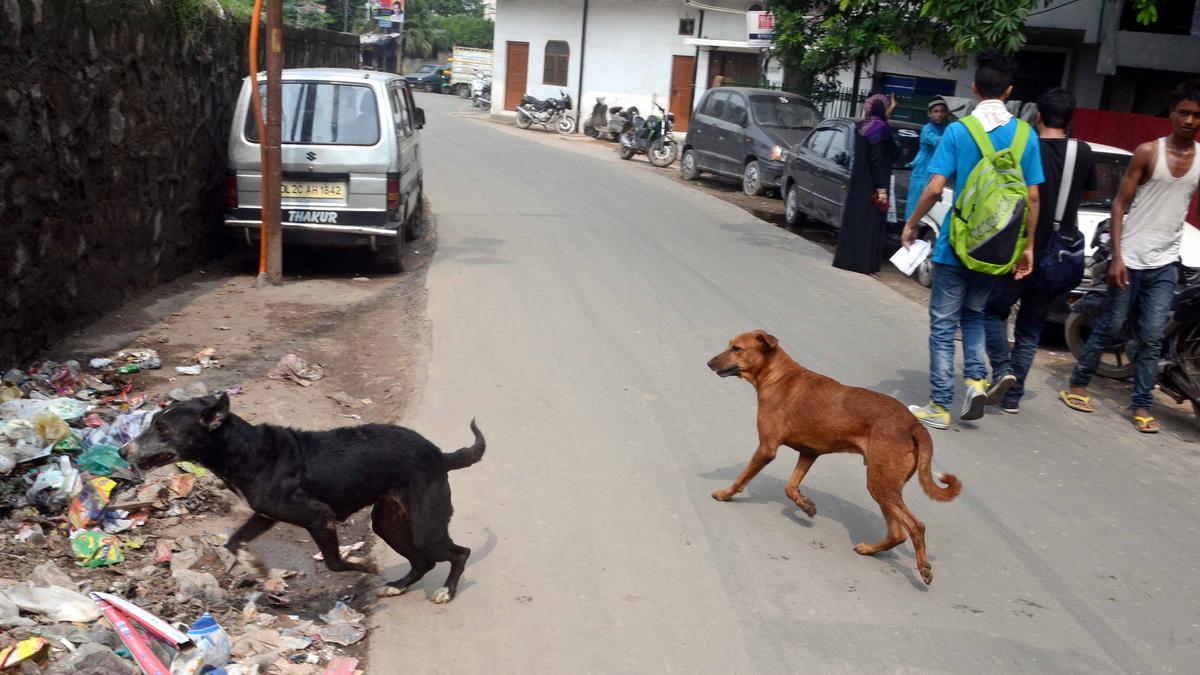NEW DELHI: The recent dog attack on two siblings in Delhi’s Vasant Kunj area has shaken the national capital. Incidents of dog attacks and bites have seen a rise in recent years. The Municipal Corporation of Delhi (MCD) has recorded around 44,000 cases of dog bites in the last three years in the national capital.
After the incident, newly elected MCD Mayor Shelly Oberoi asked officials to prepare an action plan within a week to control the menace of stray dogs. This incident has further ignited politics in the national capital and the BJP has got a new issue to corner AAP.
The Sunday Guardian talked with various dog experts and animal behaviourists to know what could be the reason behind these attacks and what the solution is. According to dog experts, pet dogs and strays have differences in their behaviour patterns. Pet dog breeds have been living with humans for the last many generations and further breeders select friendly breeds, this makes them friendly but it is different in the case of stray dogs.
“Stray dogs living in urban areas find their food via scavenging. They find food in dustbins or they will go to meat shops or restaurants for food. But it is seen that stray dogs living in rural areas have a predatory instinct due to the shortage of food and they get food via hunting small animals like squirrels, rabbits, small pigs and cats; these animals have high pitch voices,” said dog behaviourist Adnaan Khan, founder of the K9 dog school. In the recent past, it has been seen that dog attacks on kids have increased and according to Khan, the reason behind this is the high-pitched voice of children, which triggers dogs and leads to attacks on small kids.
In the last two months, many cases of dog attacks on kids have emerged from various corners of the nation. On 14 March, a 5-year-old boy died in Khammam after a dog attack. Last month, a baby was mauled to death by a dog in Rajasthan’s Sirohi; he was taken away while he was sleeping with his mother in the government hospital. In February, a chilling video emerged from Hyderabad, where dogs are seen attacking a 4-year-old kid and killing him. People living in the open and poor households like slums are more prone to dog attacks and in the Vasant Kunj case too, the victims belong to poor families.
Not only animal behaviour, but poor policy implementation on stray dogs is also a reason behind these incidents. The last dog census in the national capital was done in 2012 and in the last 10 years, no census has been done by the MCD. According to the Animal Welfare Board of India, 80% of dogs should be sterilized to control the dog population.
Experts also suggest that excessive feeding of stray dogs by people in urban areas has also impacted the behavioural pattern of street dogs. According to dog behaviourists, feeding stray dogs kills their scavenging instinct, which makes them lazy and leads to their energy getting saved, which leads to aggressive behaviour.
Sanchit Sehrawat, another dog expert of Canine Village Dog Training and Research Centre, said: “High testosterone level is also one of the reasons behind aggressive dog behaviour.” “Not only high testosterone levels, but it is also seen that abused dogs also develop hostile behaviour,” Sanchit said. According to Sehrawat, a dog needs to exercise 40 minutes to an hour a day, but an “easy lifestyle” prompted by dog feeders and less space for exercise has led to aggressive behaviour in dogs.
Multiple factors behind rising dog attack cases: Experts
- Advertisement -

